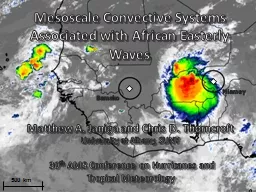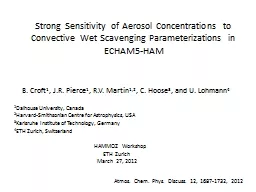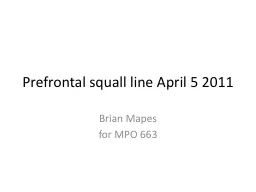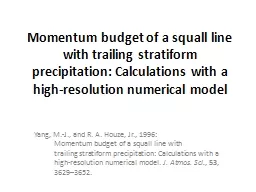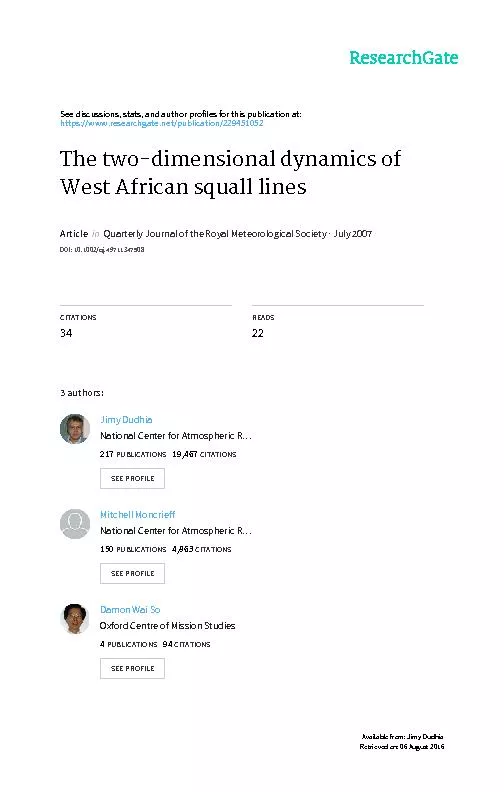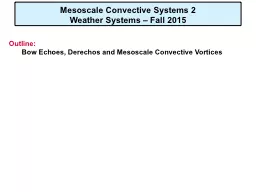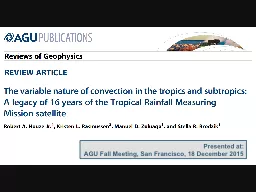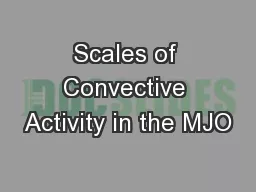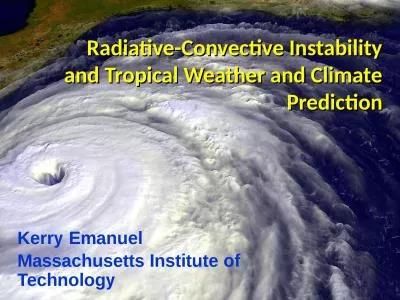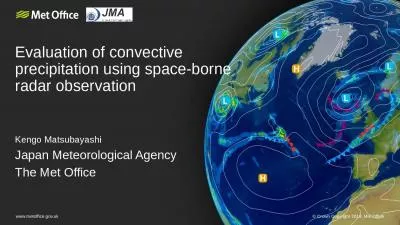PPT-Mesoscale Convective Systems and Squall Line Formation
Author : test | Published Date : 2016-03-09
Crystal K Williams Department of GeographyGeology Illinois State University Outline IntroductionBackground Mesoscale Convective Systems Squall Lines Precipitation
Presentation Embed Code
Download Presentation
Download Presentation The PPT/PDF document "Mesoscale Convective Systems and Squall ..." is the property of its rightful owner. Permission is granted to download and print the materials on this website for personal, non-commercial use only, and to display it on your personal computer provided you do not modify the materials and that you retain all copyright notices contained in the materials. By downloading content from our website, you accept the terms of this agreement.
Mesoscale Convective Systems and Squall Line Formation: Transcript
Download Rules Of Document
"Mesoscale Convective Systems and Squall Line Formation"The content belongs to its owner. You may download and print it for personal use, without modification, and keep all copyright notices. By downloading, you agree to these terms.
Related Documents


